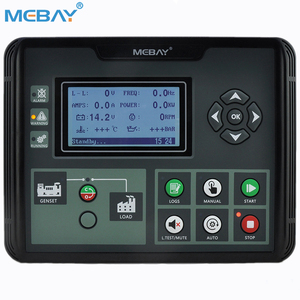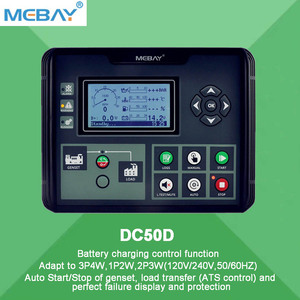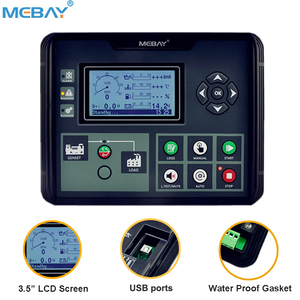
All categories
Featured selections
Trade Assurance
Buyer Central
Help Center
Get the app
Become a supplier

(992 products available)

































An ignition coil, also called a spark coil, is one of the key components of the ignition system in most internal combustion engines. Its main function is to generate the high voltage needed to fire the spark plugs. The coil is generally made up of two wire coils, primary and secondary, and a soft iron core. The primary coil is a low voltage winding that is connected to the battery. The secondary coil is a high voltage winding that is connected to the spark plug. When current flows through the primary coil, it generates a magnetic field in the iron core. When the current is interrupted, the magnetic field collapses, inducing a high voltage in the secondary coil. This high voltage is sent to the spark plug, where it arcs across the electrodes and ignites the fuel-air mixture in the engine's cylinders. In a coil-on-plug (COP) system, an individual ignition coil is placed directly on top of each spark plug, eliminating the need for spark plug wires. This allows for more precise ignition timing control and reduces energy loss. COP systems are commonly found in newer vehicles and are known for their reliability and efficiency. In a wasted spark ignition system, each coil fires two spark plugs simultaneously. One plug is located in the cylinder where combustion takes place, and the other plug is in a companion cylinder where the piston is at the top of the exhaust stroke. The spark in the companion cylinder doesn't ignite any fuel since the exhaust valve is open. Wasted spark systems are often used in engines with a large number of cylinders or in older vehicles.
Vehicle specifications are key to understanding the capability, compatibility, and limitations of various vehicle parts, including the ignition control module 1995 f150. As such, here are the specifications of the Ford ignition control module:
Proper maintenance of the ignition control module is essential to ensure the reliable operation of the vehicle's ignition system. Here are some maintenance tips for the 1995 f150 ignition control module:
When choosing an ignition control module, business buyers should prioritize the compatibility of the module with specific Ford vehicle models, including the 95 f150 ignition control module. They should source the replacement module for a particular vehicle to ensure that it is designed to work with the engine's specifications. This is important because the ignition control module is designed to work with a specific model and should not be interchanged. The compatibility of the ignition control module ensures a perfect fit and reliable performance, minimizing the risk of faults and damage.
Business buyers should consider the reliability of the ignition control module to ensure that it provides stable and consistent operation. They should check the quality of the module and ensure that it is well constructed. The reliability of the ignition control module is important for Ford vehicles because it plays a crucial role in the proper operation of the engine. The ignition control module should be reliable in providing accurate timing for ignition coils to ensure that the engine starts and runs smoothly.
Quality is a critical factor for the ignition module ford. Business buyers should select the module from reputable suppliers known for providing quality products. They can check the quality of the module by reading the user reviews. Positive feedback from other buyers can give them the confidence that they are buying a quality product.
The performance of the ignition control module is crucial for business buyers selecting the module for Ford vehicles. They should consider the features of the module that can enhance the performance of the vehicle. For instance, an ignition control module with diagnostic capabilities can help detect faults in the ignition system, leading to more reliable performance.
Business buyers can save on the cost of the ignition control module by buying in bulk. They should source the module from reliable suppliers and negotiate the price to get a deal that is within their budget. They should avoid low-quality modules that are cheap, as they could lead to more damage to the engine.
Warranty is important for the Ford ignition control module. Business buyers should source the module from suppliers who provide a warranty. A warranty gives them the confidence that they are buying a quality product that the supplier can replace in case of a fault.
Replacing a faulty ignition control module is a relatively straightforward process that may be done with a few basic tools and some mechanical expertise. Here's how to do it:
Q1: What is the function of the ignition control module?
A1: The ignition control module is an engine control module that controls the ignition system's timing and firing. It plays a crucial role in ensuring the engine starts and runs smoothly by controlling the spark plug's firing and timing.
Q2: How do I know if my ignition control module is bad?
A2: There are some common signs, including engine performance issues, such as misfiring, stalling, or rough idle, difficulty starting the engine, a check engine light that is activated, and diagnostic trouble codes related to the ignition system.
Q3: Can an ignition control module be tested?
A3: Yes, ignition control modules can be tested. Electrical tests can be conducted using a multimeter to verify voltage and continuity. However, diagnosing and testing ignition control modules require specialized equipment and the knowledge of a trained professional. Therefore, it is often recommended to consult a qualified mechanic or replace the module if there are signs of failure.